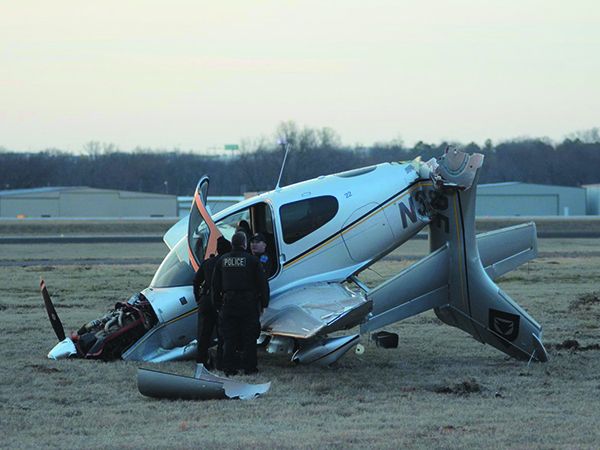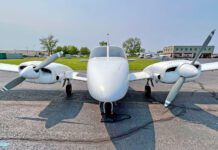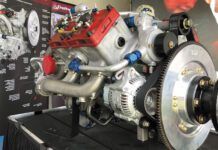MORE NTSB GRIPES
I read Rick Durden’s commentary in the October 2021 Aviation Consumer on the NTSB reports with interest. Durden’s complaints about the CAROL system—and the NTSB’s responsiveness to questions about it—are exact mirrors of my own experience.
I used to use the NTSB aviation accident database on an almost daily basis in my role as an aviation safety advocate. I used preliminary and final reports from the database, plus material in the Docket, to put together frequent safety seminars and webinars for pilots. That resource became instantly unavailable when the NTSB, with zero warning, dropped the older, very accessible search tool for CAROL.
I tried emailing the NTSB, using the NTSB contact form and left the agency phone messages. I asked for a link to a user guide, for links to YouTube (everyone creates teaching videos for new stuff, right? Well, everyone but the NTSB). I never received a single response from the agency. I didn’t even get a courtesy acknowledgement that my request for help with CAROL could not be met.
I‘m happy that the curators of aviation accident data have very recently made CAROL queries a little easier. CAROL has a basic, cookie-cutter tool that is basically useless. I found an “advanced” CAROL page that has many of the same easy-to-use features of the pre-CAROL search tool. However, anyone who isn’t thoroughly familiar with the older NTSB website or it’s so-called new and improved front end will find it challenging to dig through more jargon-filled menus to find CAROL’s slightly more intuitive advanced tool.
I hope someone at the NTSB takes notice of Durden’s well-written and pithy commentary in Aviation Consumer. Maybe it will shake someone’s handle enough for the NTSB to respond to pleas for help, and actually create some useful, accessible data and analysis tools.
John Townsley – via email
Turns out that Durden’s words in our October 2021 issue may have done some good. Since we ran the piece, we have been in contact with the NTSB, and it has shown interest in fixing the issues with CAROL and its accident reporting in general. We’ll follow up in a future article.
GETTING THE LEAD OUT
I saw Cessna Service Bulletin SEB-29-04 come out, and it looks like it is a blanket approval to run UL94 fuel in most Lycoming-powered, non-turbocharged Cessna piston singles.
Am I reading this correctly? If I am, this is a huge win for cleaner-burning aviation fuel.
Kris Knigga – via email
Indeed, just as we go to press in late October 2021, Textron announced that three of its Cessna piston singles are now approved for select fuels designed for cleaner operation, provided operators comply with FAA Service Bulletins SEB-28-04 or MEB-28-01.
Specifically, the Cessna 172 Skyhawk and 182 Skylane are eligible to use 91UL (unleaded), 94UL or 100VLL (very low lead) fuels, “wherever it is available.” The FAA approved 100VLL about 10 years ago via a Special Airworthiness Bulletin. 100VLL has 19 percent less lead than 100LL. The Cessna 206 Turbo Stationair is eligible to use 100VLL, but not 91UL or 94UL.
Incidentally, all three aircraft models are powered by Lycoming engines, made by Cessna’s sister company within the Textron Aviation family. Lycoming completed a series of recent tests leading to the FAA approval of the unleaded and lower-leaded fuels.
It’s a sweeping approval. Operators of legacy Skyhawks, Skylanes and Turbo Stationairs are also eligible to use the cleaner fuels, along with buyers of factory-new aircraft. Worth mentioning is that Cessna/Textron has produced more than 75,000 of the three models now approved for the very low lead fuels. The bulletin also includes other Lycoming-powered aircraft, including Beech Musketeers, Sundowners and Sport models.





